Madeira is often referred to as the ‘Pearl of the Atlantic’, a subtropical island oasis blessed with mild weather all year-round. Early settlers exploited the rich and fertile volcanic soil to grow sugar cane and built the levadas; an 1,875-mile-long network of irrigation channels which run alongside the steep terraced fields of the rainy northwest to the drier southeast. These levadas are now used to mark numerous walking trails through the dense lush forests alongside waterfalls, lagoons and at times on the edge of vertiginous hills.
Hikes up to Madeira’s highest mountain, Pico Ruivo which can only be accessed by foot, will reward you with the unique experience of literally being above the clouds. However, if walking really isn’t your thing or you’re travelling with small children a drive up to Pico do Areeiro or Paul da Serra will give you the same heady experience. The roads are well maintained and the landscape along the way is inspiring.

Madeira’s natural beauty lends itself in part to its abundance of exotic flowers and emerald green vegetation encircled by jagged coastal cliffs which are lapped up by the deep blue Atlantic. Two thirds of Madeira’s land is protected and home to the largest Laurisilva forest which stands still in time. You can view its botanical wonders in any of the immaculately maintained parks most notably the Madeira Botanical Gardens which features over 2000 plants originating from all continents.
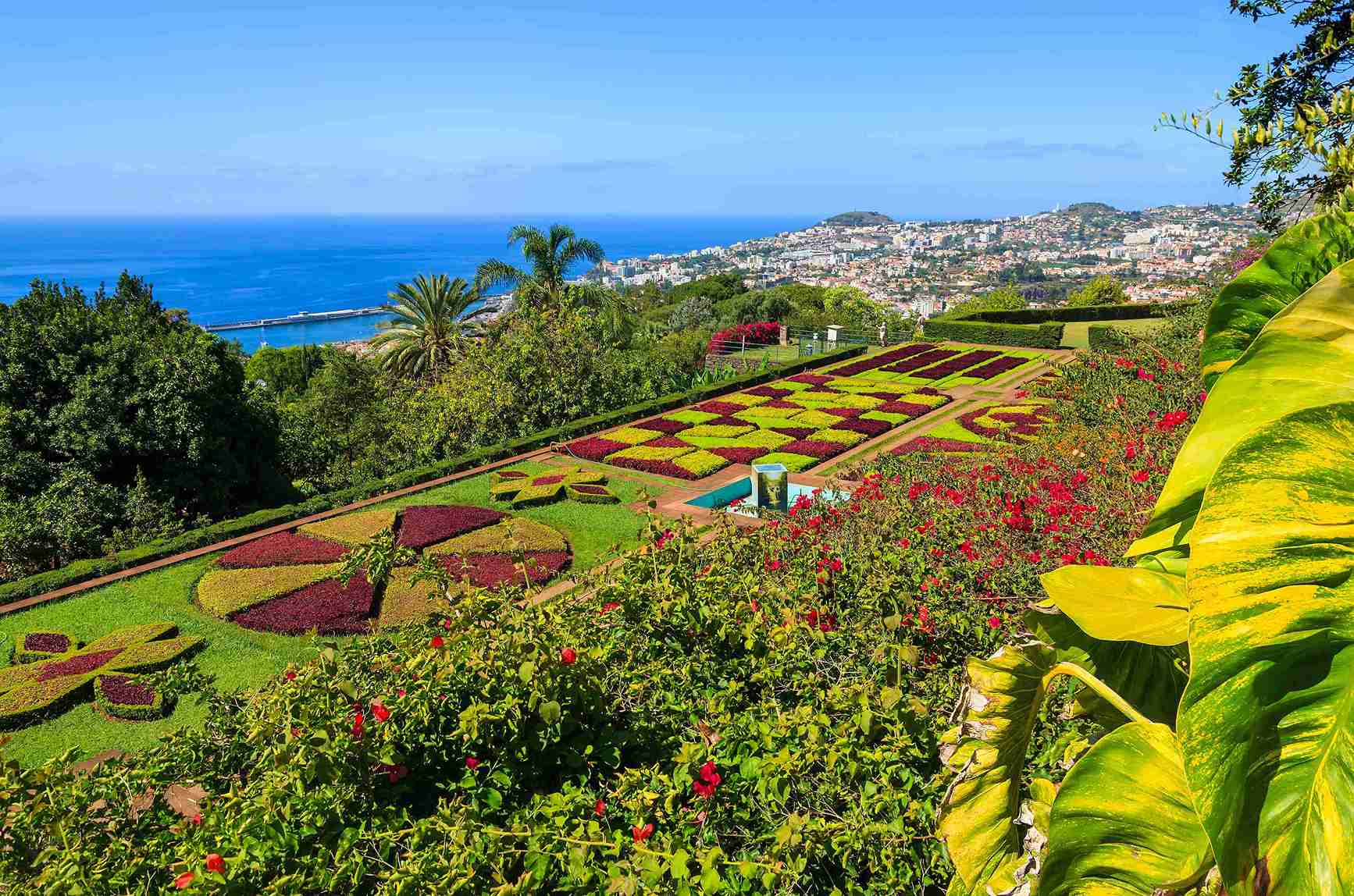
The main places to visit of course are the capital Funchal a small but vibrant city with it’s painted doors, restaurants, shops and cafes flanked by tree topped mountains in the far-off distance. From here you can hop on one of the cable cars up to Monte and visit its tropical garden and then make your way back down to Funchal on the man powered wooden toboggans.
On the South coast of the Island, you will find the typical fishing village of Camara de Lobos where you can visit Cabo Girão, the highest sea cliff in Europe with a glass viewing platform standing 580 meters above sea level. Nearby and best viewed from above at Eira do Serrado is the curious village of Curral das Freiras located in a deep valley. Further west are the coastal towns of Ponta do Sol and Calheta perfect for bathing and basking in the sun. Or if you prefer something more rugged drive down to Porto Moniz and have a swim in the natural pools formed in the lava that once flowed down to the Ocean.
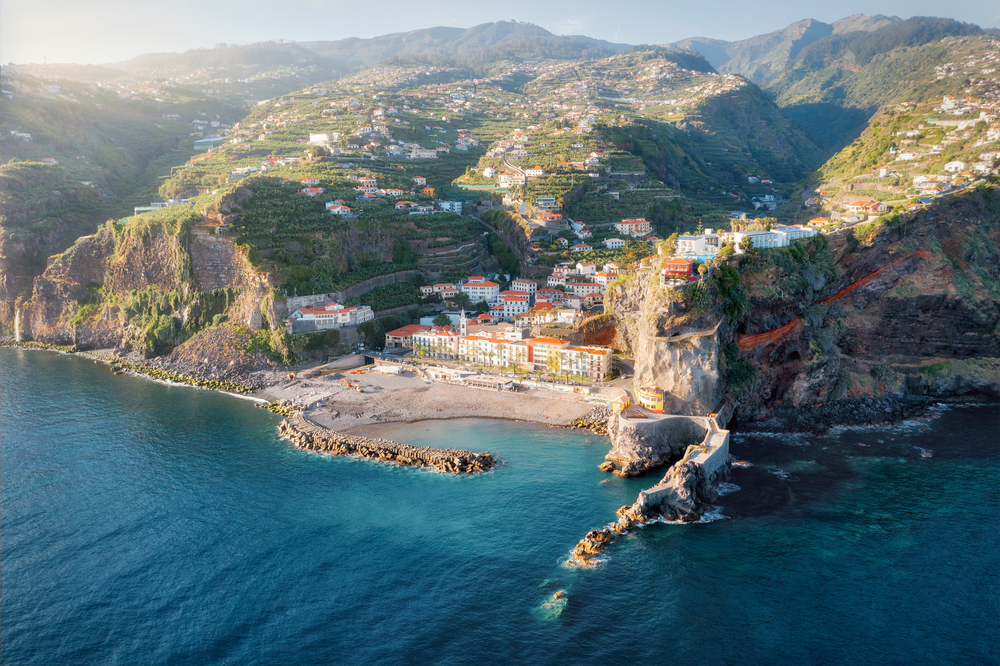
The village of Sao Vicente in the North of the Island is set in one of the most beautiful valleys of Madeira. Here you can visit the caves and the volcano centre and then travel westwards to the typical village of Santana with it’s A-framed thatched roof houses which Madeira is famous for. Continue Westwards through the pretty village of Faial and then down to Machico, with its wonderful sandy beach and excellent restaurants.
Porto Santo is Madeira’s sandy little sister, a small island with a six-mile beach that can be accessed by either plane or ferry. Known for its therapeutic fine white sand and warm waters rich in minerals, it is the ideal location to recharge and de stress. There are also an array of activities on offer from golf, diving, sailing and boat rides, water sports, horse riding, bike riding, paragliding and walking tours. A great way to visit the island and its points of interest is to rent some off-road buggies or alternatively a car if you are travelling with children.
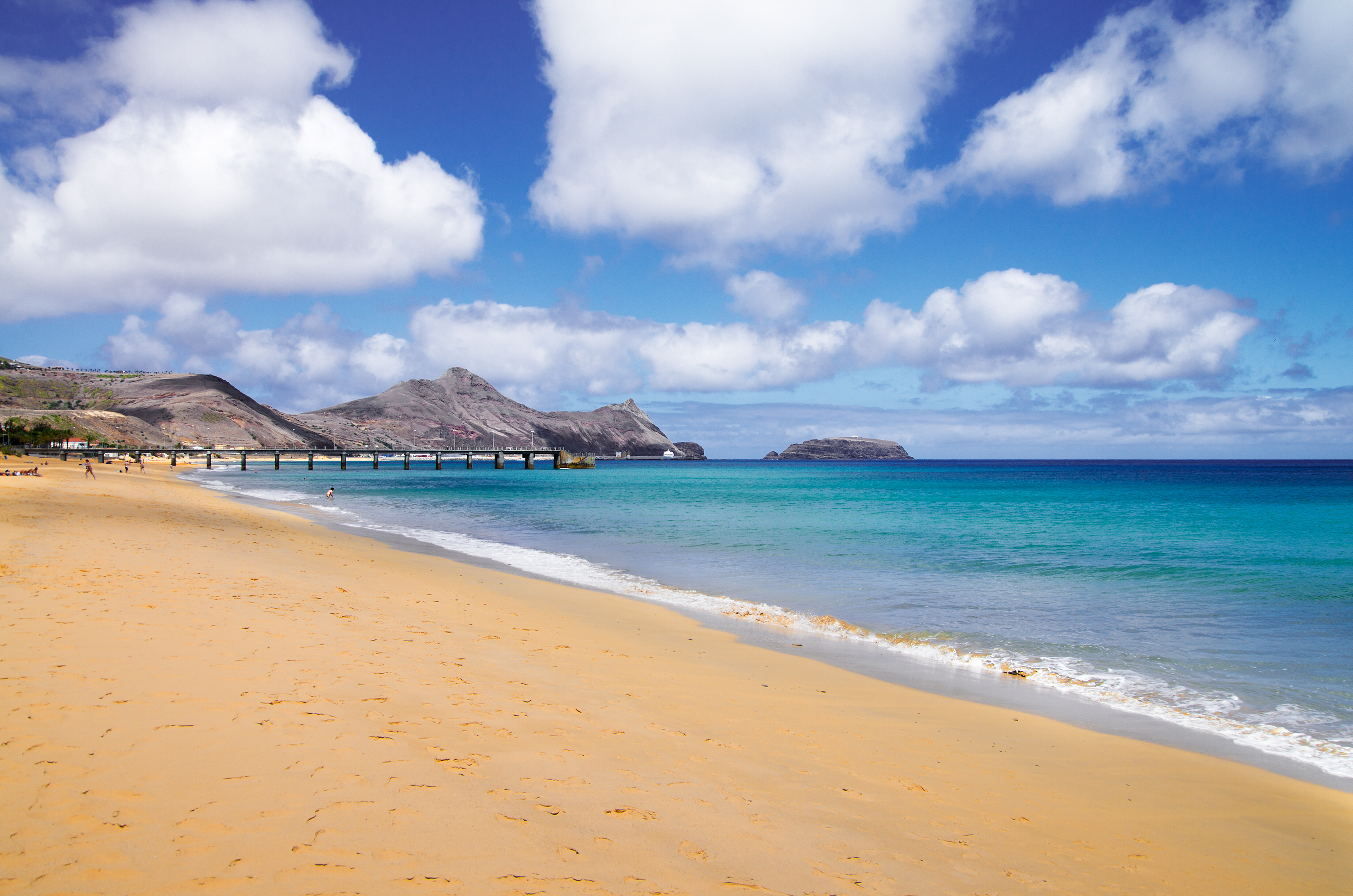











































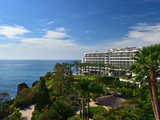
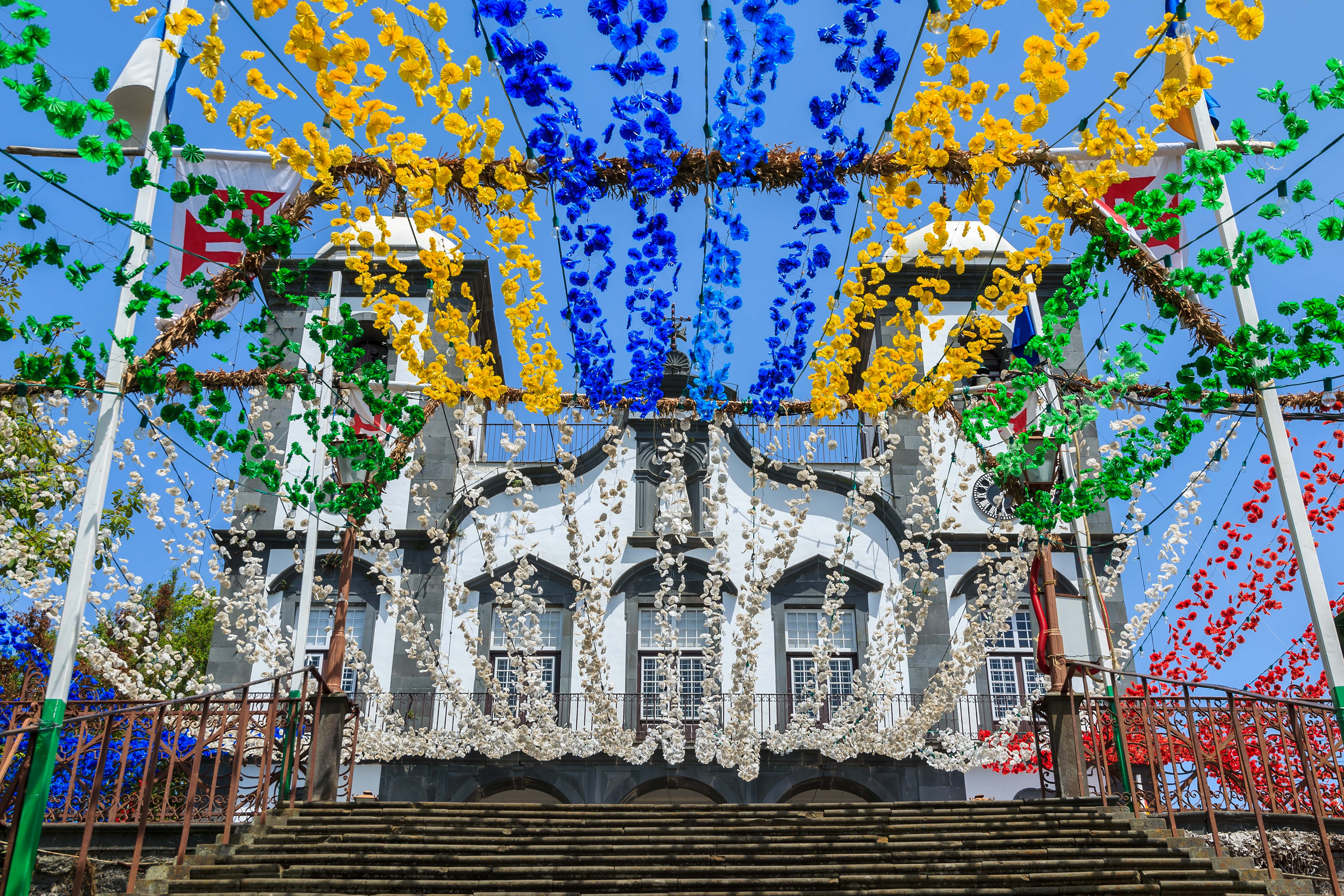 Madeira offers a large variety of events which take place throughout the year. Festival highlights include the 'Arraiais' held throughout the summer in each of the Island's parishes as well as the coveted New Years firework display.
Madeira offers a large variety of events which take place throughout the year. Festival highlights include the 'Arraiais' held throughout the summer in each of the Island's parishes as well as the coveted New Years firework display.


